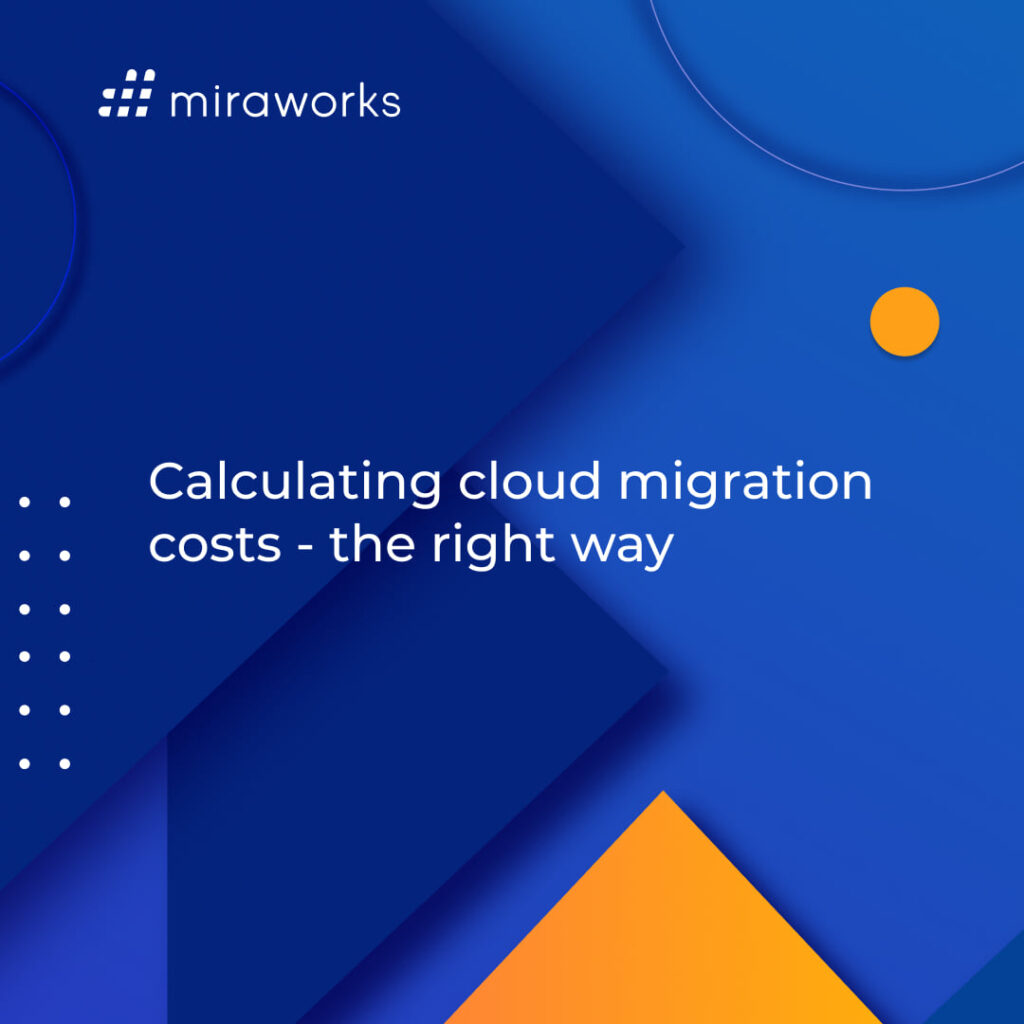
Calculating cloud migration costs – the right way

Most CIOs are still in the process of migrating workloads from on-premises data centers into IaaS environments, whether it’s to get strategic and take IT out of the data center business, shift costs from capital to operating budgets, minimize risk or improve agility and scalability.
One crucial component of the migration process is calculating cloud computing costs. In particular, the costs of preparing for migration, the costs of cloud migration itself, and the post-migration operating costs.
To begin with, it will consume a significant amount of staff time. Migration teams typically center around service or application managers and associated systems staff, but can also involve input from integration specialists, risk management teams, and development teams.
CIOs should be prepared to budget for the following cloud migration costs:
– hiring or staff development to prepare employees
– assessment tools to identify workload interdependencies
– new management tools to deliver the status and troubleshooting information
– changes in application and platform costs
– cloud access networking from the data center to the destination environment.
The migration itself will also absorb staff time, whether it’s to perform the actual cloud migration or to verify that the migration is successful. Beyond that CIOs should plan to budget for spending money on systems in two places at once – for example, supporting an on-premises VDI farm at the same time as a cloud-based VDI. They should also keep in mind maintaining business continuity and disaster recovery (BCDR) and the possible need for professional services or new software to manage actual migrations.
Miraworks helps compare and choose the most relevant cloud provider and calculate costs from the start. To know whether to expect to spend more or less on cloud migration costs, CIOs must have a clear idea of how much they spend now to run a given workload as well. The key thing to understand is many current costs won’t vanish immediately. The cost of operating the data center only goes away when the data center itself is emptied, as cloud ops is not free and skilled staff are still essential, as there may be a new array of provisioning, management, and monitoring tools.